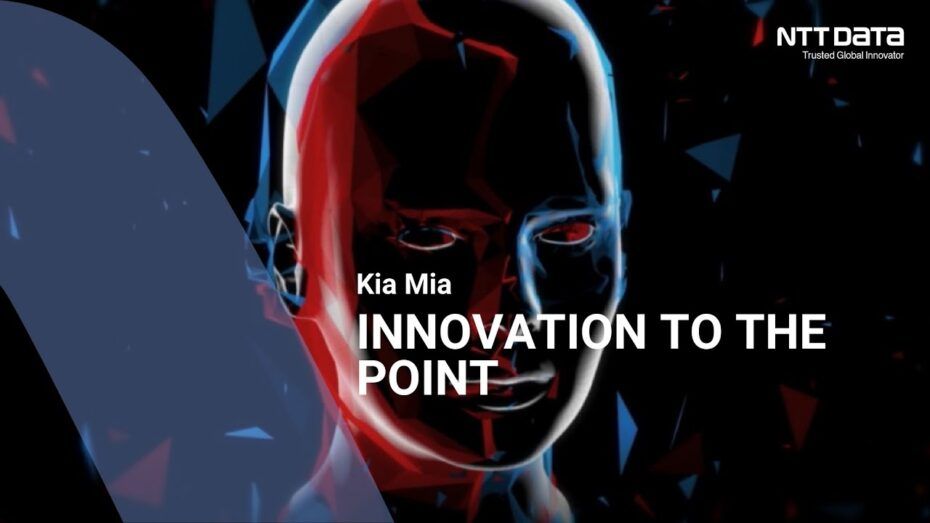Do you already know what Experience Management (XM) is and commonly used today? Then let’s consider where it’s heading next. We’ve identified for you the six biggest trends in Experience Management that are currently changing how companies optimize the experiences they provide. Because in order to continue to be successful in the future, companies need to know which trends are developing in XM.
Trends in Experience Management

1. Predictive Commerce
By applying machine learning models to sales and customer data, it’s becoming possible to make predictions about what a customer will want, even before they become aware of it. This can be achieved by comparing their browsing behavior and demographic information with similar customers or using purchase histories to predict when they’re likely to run out of paper towels. Large retailers can offer customers the convenience of a shopping cart with items that have already been selected specifically for them. If customers are offered the security of being able to return unwanted items for free, the additional sales can be enough to compensate for extra delivery costs.
2. Automated Marketing
Marketers once had to manually segment their target audiences to decide which message was best for each group. However, AI-powered tools such as Facebook’s lookalike targeting now allow marketers to delegate segmentation and targeting to machines. This doesn’t just save time, it also provides much more accurate targeting and higher conversion rates. While we’re able to use demographic information to segment customers, tools can combine data from many more sources to make connections that we’re unlikely to discover on our own.
As well as advanced targeting, marketing automation also allows us to run many variations of ad messages at once. Campaigns can now be AB tested automatically, with algorithms identifying the best performing combinations of headlines and images faster than humans and applying changes instantly across a whole campaign.
You Want to Optimize the Commerce and Marketing of Your Business?
Then learn more about the functionalities and benefits of the SAP Commerce Cloud and SAP Marketing Cloud within the SAP Customer Experience (CX) Suite.
3. Virtual Stores
Using virtual reality (VR) headsets, businesses can give customers the virtual experience of sitting in their new car for example. The immersive experience of Virtual Reality can give businesses like car manufacturers a national presence at the expense of operating a dealership in every city.
Augmented reality (AR) is also changing the retail experience, by allowing customers to view items like furniture in the context of their own home. We once thought that we needed to touch these items before making a decision, but we’re now gaining the confidence to purchase them online.
4. Robotic Process Automation
Repetitive, rule-based tasks, like moving files and folders or extracting data from documents, are increasingly being achieved with a form of software called robotic process automation (RPA). These tools can relieve employees from some of the least-stimulating aspects of their job and give them time to focus on more challenging and rewarding tasks. Cost efficiencies are also created for business owners too of course, with bots processing tasks faster, and on automated schedules. Additionally, there are no human errors, as well as perfect compliance with regulations and audit requirements.
5. Chatbots and Self-Service Customer Support
With technology such as natural language processing (NLP) and conversational AI, businesses are now able to provide chatbots that customers and employees can text as they would a human. Chatbots are helping customers to find information on a company’s website, saving them the frustration of navigating complex menus, and saving businesses the cost of a call to support. They’re also being used to help guide employees through training and onboarding tasks, reducing the cost of new hires. Additionally, self-service customer support portals are being developed so customers can access their account data and answer their questions quickly by looking it up in a knowledge base or asking a community of similar customers in forums.
In the field of healthcare, chatbots could revolutionize the patient experience by diagnosing basic symptoms without the assistance of a nurse or doctor, as well as making it easier to discuss issues that can be uncomfortable to bring up in-person.
In addition to saving costs, chatbots and self-service portals allow businesses to record customer issues more accurately, so it’s easier to identify trends. Unlike humans, chatbots are never vulnerable to lapses in memory or patience, and they don’t require a day off.
6. Face and Voice Recognition
With technology to automatically recognize faces and voices brands such as Kia are providing virtual sales assistants in kiosks on their showroom floors. Of course, real salespeople are still available as always, but with the help of these kiosks, customers can be assisted when the showroom is busier than usual and get answers to difficult questions faster.
How to Improve Customer Service with Avatar Technology
Learn how NTT DATA Business Solutions together with Kia Motors brought the chatbot from the internet to a live, retail environment and added a human touch. It’s an engaging, personalized, lifelike approach to automated customer service.






